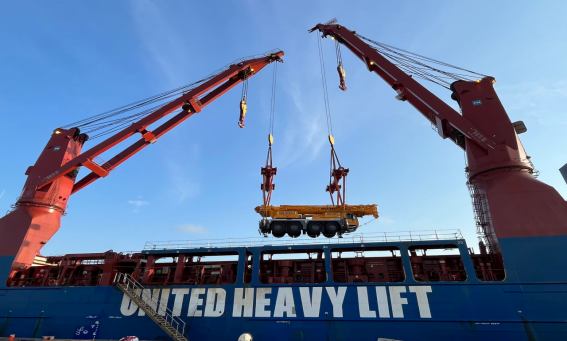Break Bulk Transport
2025-05-17 09:50

Break Bulk Transport is an essential method in international logistics for moving goods that cannot be transported in standard containers due to their size, weight, or shape. Unlike containerized cargo, general cargo is handled individually, making it a flexible and versatile solution for specialized products.
What is Break Bulk Transport?
Break Bulk Transport refers to the movement of goods that are loaded and unloaded individually, without the use of containers. This type of cargo includes products such as heavy machinery, industrial equipment, construction materials, vehicles, and other items that do not fit in traditional containers. The cargo is stowed directly in the ship's hold using cranes and specialized equipment.
Advantages of Break Bulk Transport
Flexibility: It allows the transport of goods of irregular shapes and sizes.
Security: The cargo is individually secured, reducing the risk of damage during transport.
Space Optimization: The cargo is efficiently distributed in the ship's hold, maximizing the use of available space.
Break Bulk Transportation Process
Cargo Preparation: The goods are packed and secured for transport.
Port Handling: Cranes and specialized equipment are used to load and unload the goods.
Ship Loading: The cargo is distributed in the ship's hold, ensuring it is securely secured.
Ocean Freight: The ship sails to the port of destination, where the unloading process is repeated.
Common Applications
Break bulk transportation is ideal for industries such as:
Energy: Transportation of wind turbines, solar panels, and drilling equipment.
Construction: Movement of steel beams, heavy machinery, and building materials.
Automotive: Shipping of vehicles and large parts.
Conclusion
Break bulk transportation is an indispensable solution for the movement of goods that cannot be containerized. Its flexibility and ability to handle specialized loads make it a valuable option for many industries. With proper planning and the use of advanced technology, this transportation method remains a cornerstone of global logistics.
Written by Yari
